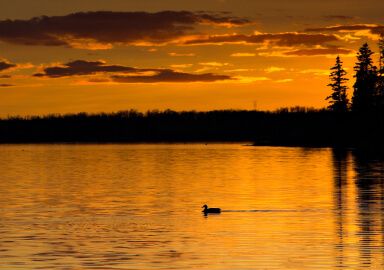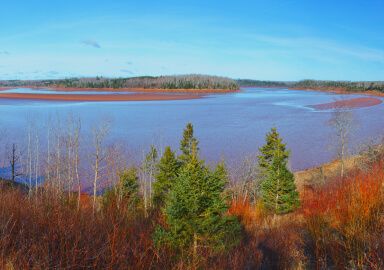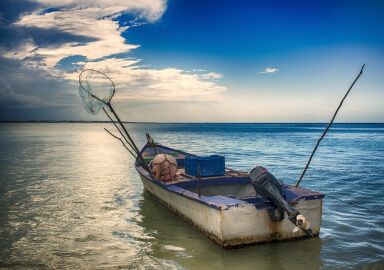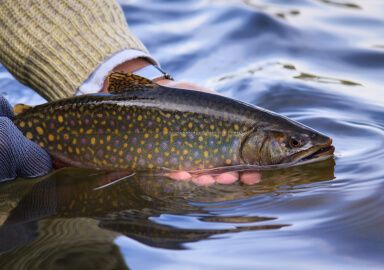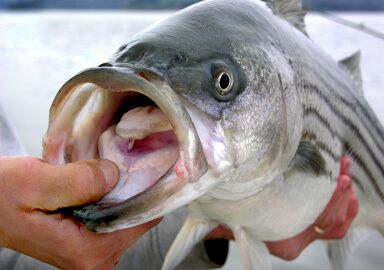Fishing in Nova Scotia
One of Canada’s Atlantic provinces, Nova Scotia offers excellent opportunities for fishing, from the smallest yellow perch to the largest bluefin tuna.
View 26 listings
26
listings
–
price starting from
23
fish species
–
to the nearest trip
About Nova Scotia
Nova Scotia is a province of Canada and lies on the Atlantic coast. Rolling hills and plateaus descending to rocky shores resembled Scotland to the British settlers, thus the name, but the name of the first French colony, Acadia - paradise - is also appropriate. No lover of moderate climate landscapes can be immune to the beauty of its deep woods and clear streams. Located on the peninsula of the same name, the Cape Breton Island, and 3,800 smaller coastal islands, with an abundance of rivers and lakes, the province offers outstanding fishing opportunities for both inland and shore fishing. Fishing is an important part of the province’s economy, Nova Scotia being known, among other things, as the world’s leading exporter of lobsters.
For residents of the province fishing is an inalienable part of life, and non-residents are also welcome - Nova Scotia has an official program for tourism attraction that puts a heavy accent on outdoor activities. As everywhere in North America, fishing is strictly regulated: you need a license to fish in inland waters, and a special license if you want to target Atlantic salmon. Fishing seasons and bag limits are also in place, as well as a stricter set of rules and limitations for fishing in national parks and special management areas. For the libertarians among us, no license required for fishing in tidal waters and offshore fishing, and no regulations apply to licensed private ponds and U-fish operations. Hiring a fishing guide for non-residents is not required, but recommended for better fishing experience.
Fishing Types
One of the less densely populated provinces of Canada, Nova Scotia presents excellent opportunities for backcountry fishing. Numerous excellent fishing guides and lodges are ready to help you discover the beauty of the province, and cast a fly or spin a lure in a river or lake so pristine that, apart from your rod and reel, nothing would suggest that European colonization ever took place.
Fishing in tidal waters is also popular, and less strictly regulated than inland fishing, with season for most species open all year, and nearshore and offshore fishing charters ready to take their clients in pursuit of marine species. A peculiar aspect of heavy tackle fishing in Nova Scotia is the relatively low depths where big fish such as tuna may take the bait. Without seriously deep areas, the large pelagics don’t have such a freedom of maneuver, making it a bit easier for anglers to “play them”.
Targeted Fish Species
Cool, clear streams of Nova Scotia provide excellent habitat for trout and salmon. Unfortunately, salmon stocks were depleted by overfishing, so that both Atlantic and landlocked salmon can be caught only in a few locations and are subject to strict catch-and-release policy. Rainbow, brown, and brook (locally known as speckled) trout populations, however, are abundant, and provide excellent sport - especially the sea-run brook trout, that can grow to an impressive size.
Atlantic salmon, landlocked salmon, all species of trout and smallmouth bass are collectively known as “Sportfish”, and most fishing regulations are focused on them. Smallmouth bass in Nova Scotia is an introduced species, it is considered invasive in the eastern part of the province, where eradication programs are in place. In the western part, however, it’s a very popular object of fishing. Other species of fish in Nova Scotia include but aren’t limited to chain pickerel, white and yellow perch. Striped bass fishing, both inland and offshore, has also been growing in popularity.
As for saltwater species, Nova Scotia has been described as one of the most promising locations for bluefin tuna. Even commercial fisheries aren’t allowed to take tuna in Nova Scotia with longlines and nets, and the catch is regulated by means of a quota system, ensuring a healthy population and outstanding size of the fish, with 1,000-pounders brought to the port every year. The tackle world record, at 1,496 lb. (678 kg.) also comes from Nova Scotia. Countless mackerel and flounder inhabit the nearshore waters, and other species, such as pollock and blue shark, are also abundant.
Fishing Techniques
Inland, spinning and fly fishing are the order of the day in Nova Scotia. Fishing with live bait is not encouraged, for fear of introducing alien species and diseases, and trout fishing with natural bait is prohibited. Ice fishing is also popular, with season from January 1 to March 31; due to climate change some waters don’t develop substantially thick ice, but in certain areas it is allowed to fish in the winter regardless of the ice cover.
Marine fishing charters use the traditional trolling techniques to target sea bass and mackerel, and bottom fishing for pollock. Heavy tackle is used for bluefish tuna, with some charters successfully applying kite fishing, that is, placing the bait on top of water with the help of a kite, so that not an inch of the leader is in the water. It must be a sight to see a huge tuna take the bait right on the surface!
